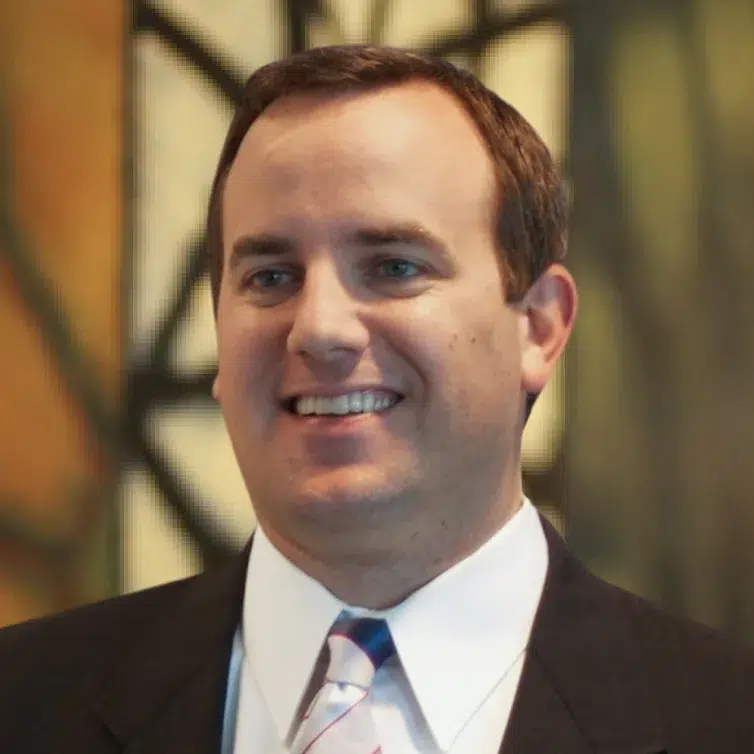
Anyone who has accumulated any amount of wealth needs an estate plan detailing how their assets should pass down to beneficiaries.
Many of the clients we serve have taken the necessary steps to set up the various components of an estate plan: living trusts, powers of attorney, health care directives, guardianship designations for children under 18, and wills directing how their assets are to be distributed when they pass away.
But it’s not enough to stop there. We regularly meet with clients and their estate planning counsel to update plans to reflect changes that have occurred in their lives — marriages, divorces, new businesses, accumulated assets, health changes, etc. All of these types of events can dramatically effect, and perhaps even nullify, an initially well-thought-out estate plan.
If you have an estate plan, it’s important to have regular planning checkups to avoid messy and unintended issues for your heirs. As you and your family age, especially your children, your original estate plan needs to keep up with the times.
Here are three key questions that you should discuss with your wealth manager each year:
1. Will your assets pass to the right beneficiaries in the right way?
The people and things you care about can change over time. Make sure you’re giving to the people who really matter to you now and the causes that deserve your support. Make changes to reflect births, deaths, marriages and divorces.
Once you’ve figured that out, revisit how those assets will actually be distributed. A large sum of money going outright to Johnny at age 18 was a no-brainer when he was an infant — but would you make that same choice now that you see him at 16? Consider if you need to adjust your asset distribution plan.
2. Have you appointed the people you really want to be in charge?
You name some very important people as part of your estate plan. Your trustee, executor, and agent for your power of attorney should be someone you trust to deal with your assets. You should feel comfortable that the person you select as agent for your health care directive will be capable of making health care decisions on your behalf if you’re incapacitated. And if your children are still minors, you should make sure that the guardianship arrangement you identified for them still works for you and the designated guardians.
All these roles do not need to be filled by the same person; it’s about making sure you have the right fit for you in each role. Also, think about whether that person is still able to serve and who would be next in line, if that person is no longer available. Older relatives may need to be replaced with younger family members or with a new spouse.
3. Are all of your assets covered by your estate plan?
Now that you’ve done all this planning and updated your estate plan to match your life today, it’s time to make sure your assets will actually be governed by your new documents. This is the only way to keep your assets out of probate and ensure that everything will be distributed exactly as you intended.
Did you buy a new house in the last year? Double-check that it was purchased in the name of your living trust and, if not, transfer it in. Did you decide to make big changes in your distribution plan as part of this annual update? Look back at the beneficiaries you’ve named for your IRA and 401(k) to make sure they fit your new philosophy.
Finally, be sure to talk over your plans with your family. Transparency about your vision for the future when you’re gone may feel uncomfortable initially, but it can help your heirs avoid legal issues down the road.
You may have a solid plan in place that needs no current adjustment. But meeting with your wealth manager annually and making sure your estate plan is up to date can give you peace of mind.

 Talk to us
Talk to us 













